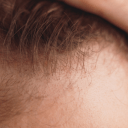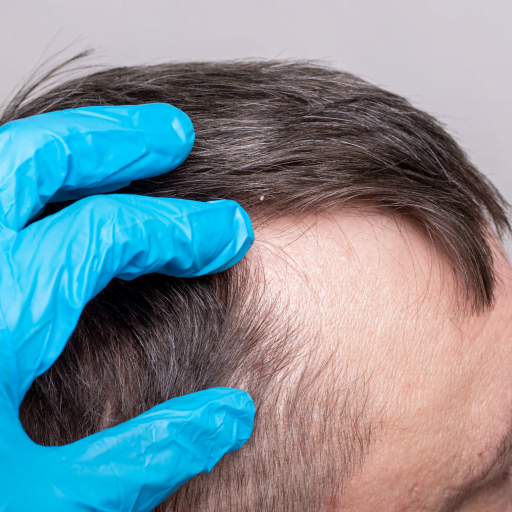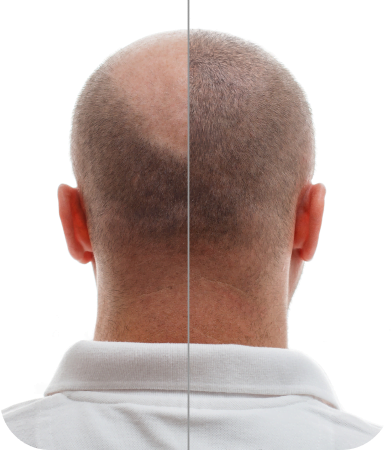How Effective Is Finasteride?
Finasteride inhibits 5-alpha-reductase production. This enzyme converts the body’s testosterone into dihydrotestosterone (DHT). This hormone is primarily responsible for causing hair loss in men, which means some people are more sensitive to DHT than others. This sensitivity would explain why some men are more apt to lose their hair at a faster rate than others.
While some men may end up losing their hair due to infections, hormone imbalance, nutritional deficiencies, or even psychological conditions, true male pattern baldness results from hair follicles that exhibit sensitivities to DHT. This sensitivity results in hair follicles shrinking. As the hair follicles recede, they produce fewer hairs.
Once hair follicles shrink, those hairs begin to grow shorter and finer until no new hair develops. Male pattern baldness often presents itself with a receding hairline on the forehead, or the area around the crown starts thinning initially (producing the dreaded “bald spot”). Hair follicles on the top and crown of the head will more likely be DHT-sensitive follicles.
While DHT can be attributed to male pattern baldness, some exceptions, such as hair follicles on the sides and back of the head, can result. This expression of DHT contributes to the “horseshoe” baldness pattern. These follicles tend to resist DHT more than those on the front, top, and crown of the scalp.
To experience the full results of taking finasteride, continue its use for six months. Research reveals a substantial increase in hair count over one year of continuous treatment when an individual takes 1 milligram of finasteride per day. This amount represents the usual finasteride dose for hair loss prevention. If you stop taking this medication, your body will respond by increasing its production of the 5-alpha-reductase enzyme, contributing to increased DHT production and further promoting hair loss.
Have you taken finasteride for one year and haven’t seen significant results? You may need professional help from a hair restoration physician. This specialist will likely recommend that you stop taking finasteride and consider a more permanent solution for your hair loss, such as follicular unit extraction (FUE).


